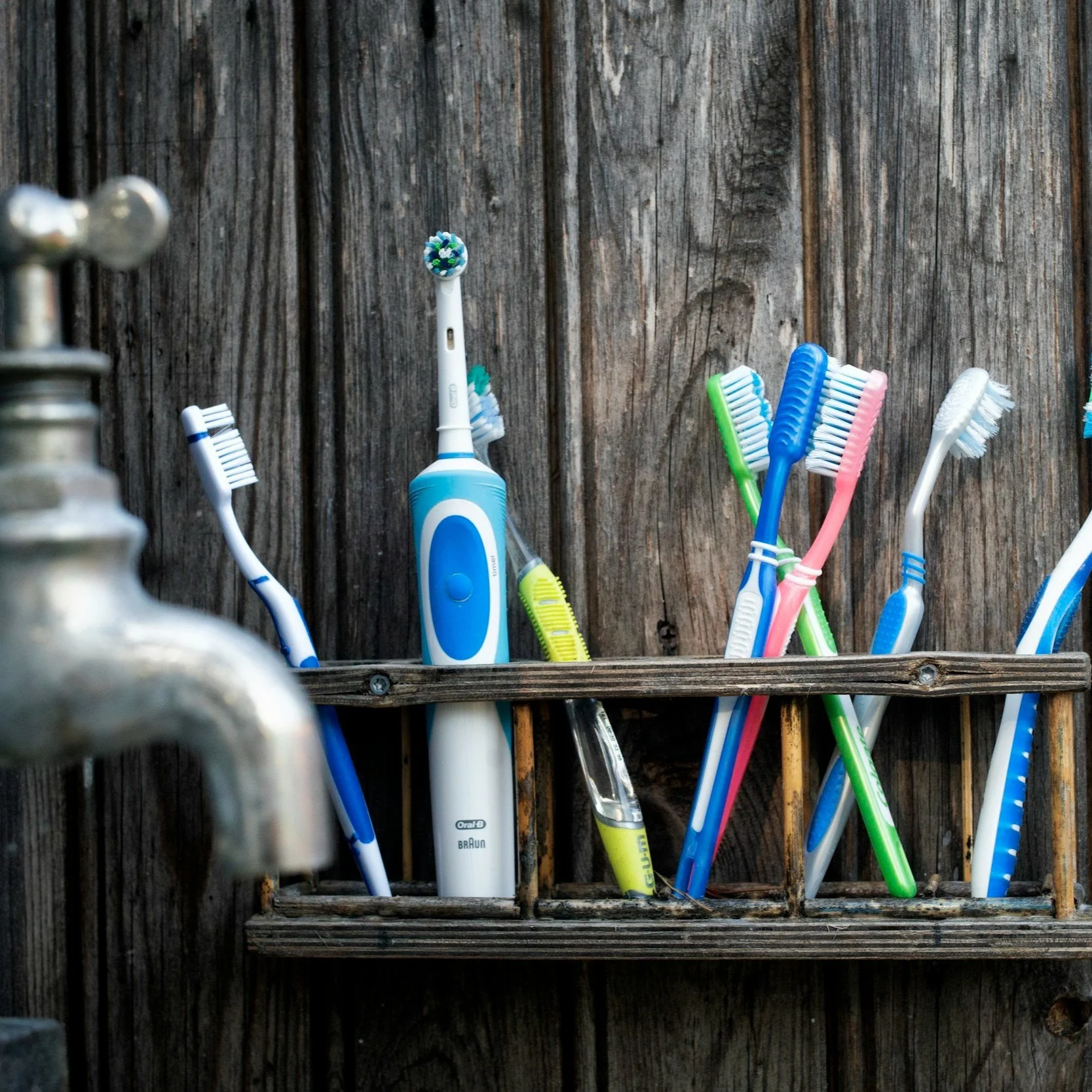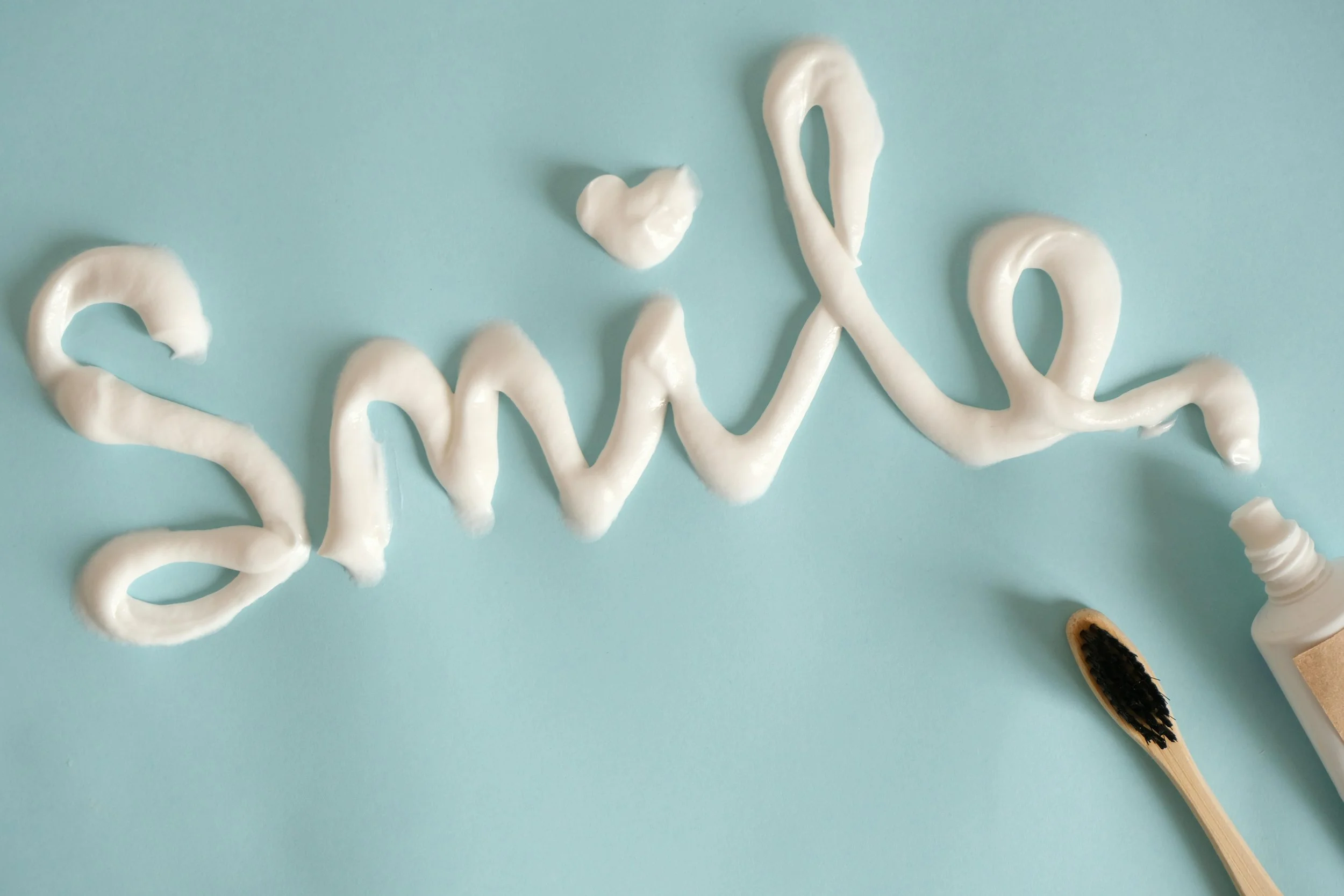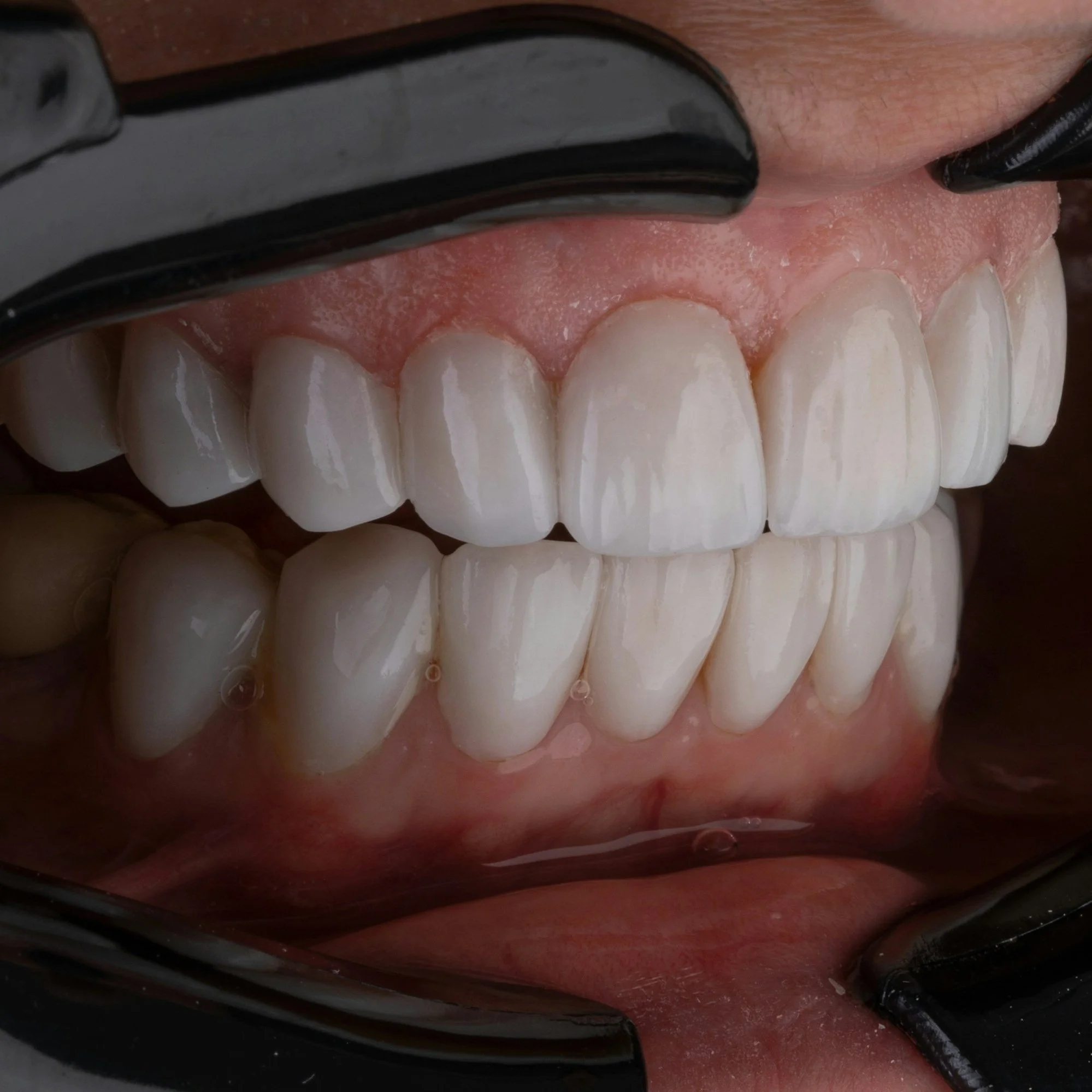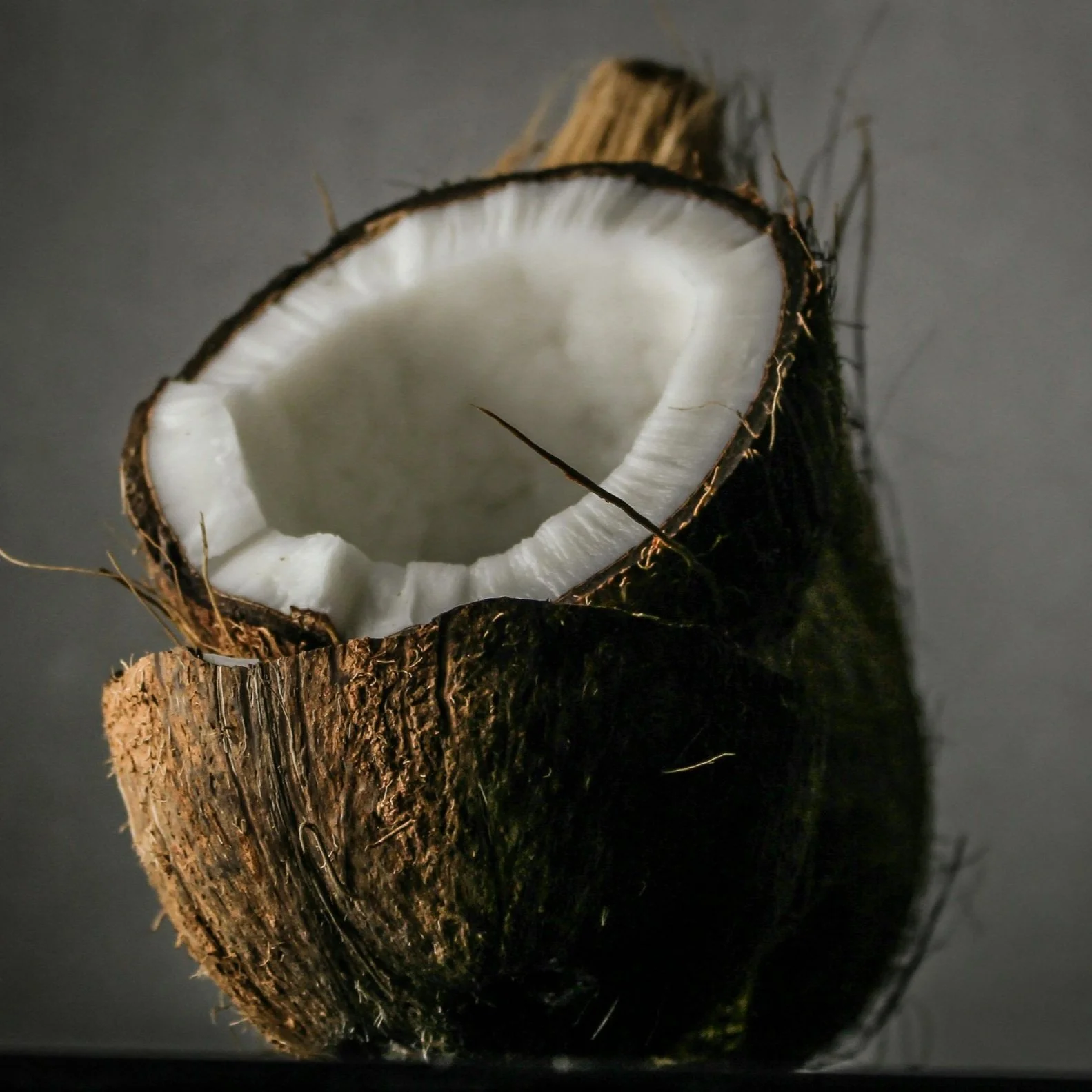Diabetes affects millions of people worldwide, impacting various aspects of health—including oral health. Many people are unaware of the strong link between diabetes and gum disease. In this blog, we’ll explore how diabetes and gum health are connected and what steps you can take to protect your smile.
How Are Diabetes and Gum Disease Connected?
1. Higher Blood Sugar Levels Fuel Bacteria
People with diabetes often have higher blood sugar levels, which create an ideal environment for harmful bacteria to thrive. This can lead to plaque buildup and an increased risk of gum disease.
2. Reduced Ability to Fight Infections
Diabetes weakens the immune system, making it harder for the body to fight off infections, including gum disease. As a result, minor gum issues can quickly escalate into serious conditions like periodontitis.
3. Gum Disease Can Make Diabetes Worse
Gum disease doesn’t just affect oral health—it can also make diabetes harder to manage. Chronic gum inflammation can increase blood sugar levels, making diabetes symptoms more severe.
Signs of Gum Disease in Diabetic Patients
Red, swollen, or tender gums
Bleeding while brushing or flossing
Persistent bad breath
Receding gums
Loose teeth
Preventing Gum Disease When You Have Diabetes
1. Maintain Good Oral Hygiene
Brush at least twice a day, floss daily, and use an antibacterial mouthwash to help reduce plaque buildup.
2. Control Your Blood Sugar Levels
Keeping your diabetes under control helps prevent complications, including gum disease. Follow your doctor’s recommendations for diet, medication, and exercise.
3. Visit Your Dentist Regularly
Regular dental check-ups and cleanings are essential for catching gum disease early. Let your dentist know you have diabetes so they can tailor your care accordingly.
4. Quit Smoking
Smoking increases the risk of gum disease and can make diabetes harder to manage. Quitting can improve both your oral and overall health.
Conclusion
If you have diabetes, taking care of your gums is just as important as managing your blood sugar levels. By practicing good oral hygiene, visiting your dentist regularly, and controlling diabetes, you can maintain a healthy smile and prevent serious complications.
Are you due for a dental check-up? Contact us today to schedule an appointment and protect your oral health!









